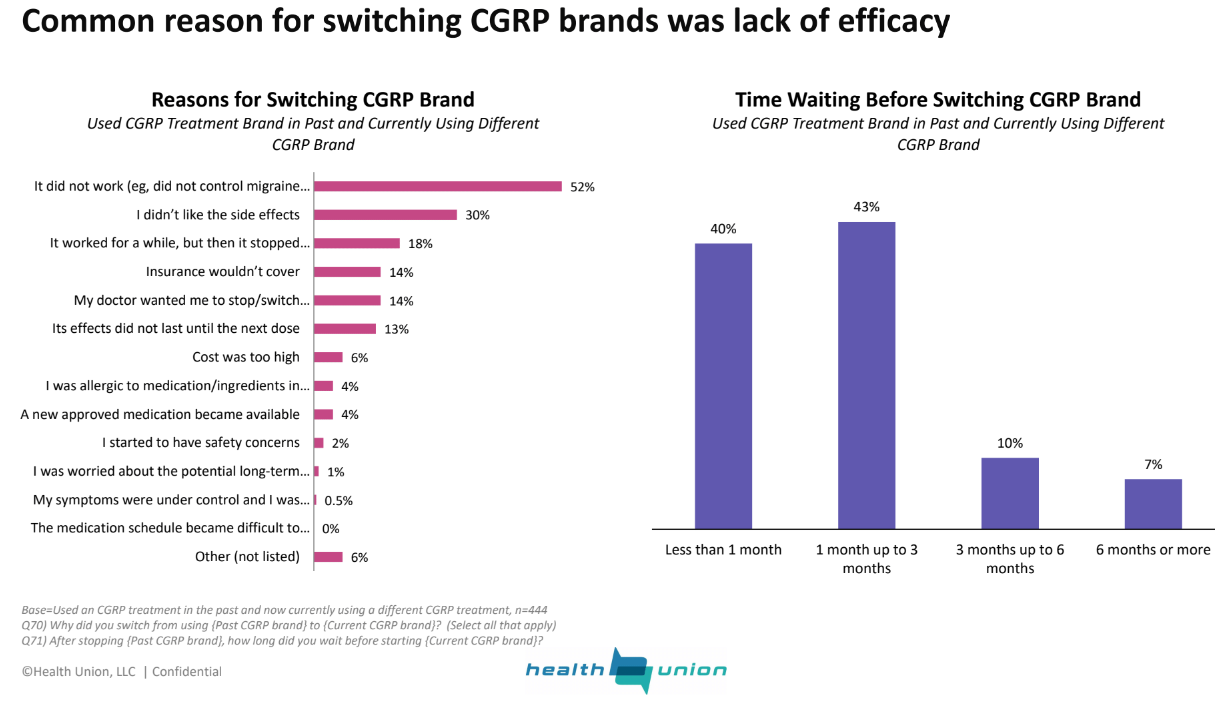DEA: Fentanyl 'Primary Driver' of Overdose Crisis
/By Pat Anson, PNN Editor
The U.S. Drug Enforcement Administration has released the 2019 National Drug Threat Assessment, a comprehensive report that outlines the threats posed to the nation by drug traffickers and the abuse of illicit drugs.
Not surprisingly, the annual report found that illicit fentanyl is the “primary driver” behind the overdose crisis, with fentanyl and its analogs involved in more overdose deaths than any other illicit drug. Fentanyl is a synthethic opioid 50 to 100 times more potent than morphine. The drug is prescribed legally to treat severe pain, but illicit versions of fentanyl have flooded the black market.
Of growing concern to the DEA is the appearance of illegal pill press operations in the U.S. that are manufacturing millions of counterfeit painkillers and other medications, using fentanyl powder smuggled in from China and Mexico.
“Fentanyl will remain a serious threat to the United States as record numbers of individuals suffer fatal overdoses from illicit fentanyl sourced to foreign clandestine production,” the report warns.
“Clandestine fentanyl pill pressing operations will likely increase as DTOs (drug trafficking organizations) seek to appeal to the large pill abuser population in the United States, with counterfeit fentanyl-containing pills continuing to be associated with clusters of overdoses and deaths due to inconsistent mixing and often unexpectedly high potency.”
With China cracking down on illicit fentanyl laboratories, the DEA expects the primary source of fentanyl production to shift to Mexico and India.
Fewest Prescription Opioids Since 2006
One bright spot in the DEA report is the continuing decline in overdoses involving prescription opioids. As PNN reported, overdose deaths involving natural and semisynthetic opioids, which include painkillers such as oxycodone and hydrocodone, were 3.8% lower in 2018 than in 2017.
The DEA said the supply of prescription opioids is now at its lowest level since 2006. DEA production quotas for hydrocodone and oxycodone have been cut nearly in half since 2016, with further cuts proposed for 2020.
But while the retail supply of opioid medication has fallen dramatically, the diversion of opioids and other controlled drugs by medical professionals and wholesale distributors – so-called “lost in transit” diversion – has soared. There were 18,604 lost in transit reports filed in 2018, nearly six times the number reported in 2010.
“It is unclear if these dosage units are being diverted, destroyed, or truly lost. Although representative of only a small number of DEA registrants, diversion by physicians, nurses, and other medical professionals and their staff remains a threat to communities across the United States,” the report warns.
The DEA predicts “a steady decrease” in the supply of opioids over the next several years and that prescription drug abusers “may shift to abusing heroin, illicitly produced synthetic opioids, and methamphetamine to obtain similar effects, which may further increase overdose deaths through at least 2020.”
The DEA said the threat posed by psychostimulants such as methamphetamine and cocaine is “worsening and becoming more widespread.” While most cocaine users prefer to snort or inject the drugs, law enforcement agencies are starting to find cocaine in tablet or pill form.
“Whether these instances are harbingers of a new trend, an experiment, or simply the result of accidental contamination within poly-drug operations remains to be seen. Tableting and capsulizing cocaine may allow traffickers to capitalize on the considerably larger CPD user market with a different version of cocaine, further maximizing profits,” the DEA said.
Finally, while the DEA officially considers the herbal supplement kratom a “drug of concern” and once tried to ban it, there is once again no mention of kratom in its annual drug threat assessment.



















